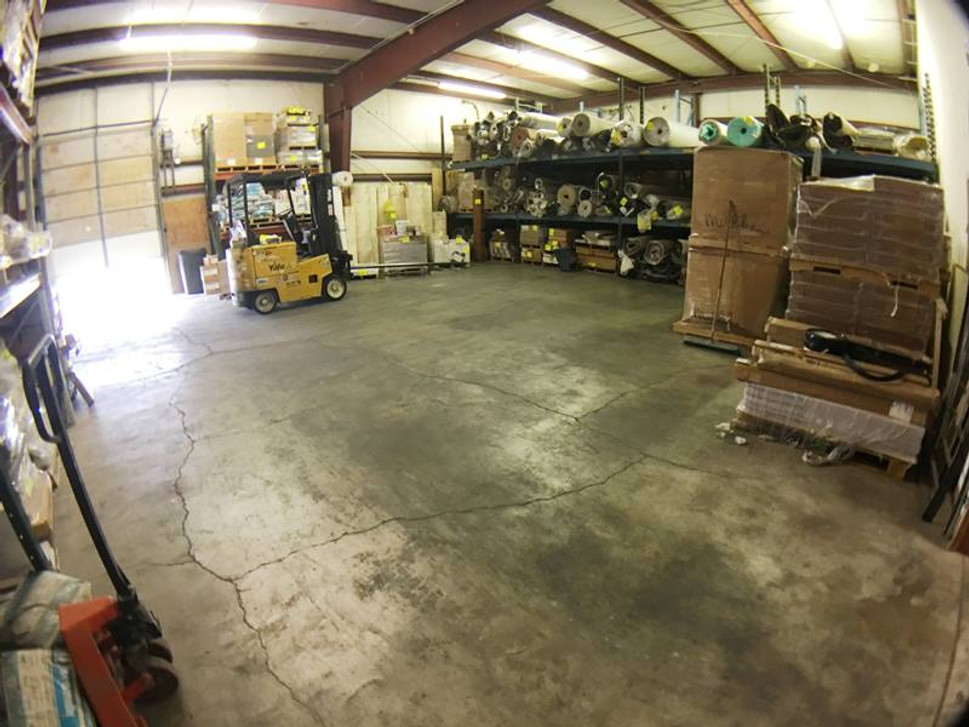How To Clean Old Oil Stains From Concrete

Concrete, the ubiquitous foundation of garages, driveways, and workshops, is unfortunately porous and prone to absorbing oil. Years of drips and spills can result in unsightly and stubbornly persistent oil stains. While prevention is always the best cure (think drip trays and prompt clean-up!), sometimes we're faced with the challenge of tackling old, set-in oil stains. This article delves into the methods and materials needed to effectively clean old oil stains from concrete.
Understanding the Enemy: Old Oil Stains
Before launching into cleaning, it's crucial to understand what we're up against. Old oil stains are not just surface blemishes. Over time, the oil penetrates deep into the concrete's pores, solidifying and reacting with the cement. This chemical bonding makes simple soap and water ineffective. Furthermore, the type of oil (motor oil, hydraulic fluid, transmission fluid, etc.) can influence the stain's characteristics. Heavier, synthetic oils tend to be more difficult to remove than lighter, conventional oils.
Method 1: The Absorbent Material Technique
This method is best suited for relatively fresh or moderately old stains. The principle is to draw the oil back out of the concrete using an absorbent material. Here's how:
- Preparation: Scrape away any loose debris or dried oil crust. A stiff brush or putty knife works well.
- Apply Absorbent Material: Generously cover the stain with an absorbent material. Effective options include:
- Kitty litter: Inexpensive and readily available. Granular clay kitty litter is preferred.
- Diatomaceous Earth: A natural absorbent made from fossilized algae. Excellent for drawing out liquids.
- Cornstarch: A budget-friendly option, especially for smaller stains.
- Commercial Oil Absorbents: Specifically formulated for oil spills. Often more effective than household alternatives.
- Soak and Grind: Allow the absorbent material to sit on the stain for at least 24-48 hours. For optimal results, grind the absorbent material into the stain using your feet or a stiff brush. This helps the material penetrate deeper into the pores.
- Remove and Repeat: Sweep up the used absorbent material (dispose of it properly – it's now considered hazardous waste). Inspect the stain. If it's still present, repeat the process with fresh absorbent material.
- Final Clean: Once the majority of the oil is absorbed, scrub the area with a solution of water and a strong detergent, such as trisodium phosphate (TSP) (use with caution and follow safety guidelines) or a dedicated concrete cleaner. Rinse thoroughly.
Method 2: The Degreaser and Pressure Washer Approach
For older, more stubborn stains, a degreaser combined with a pressure washer can be effective. However, caution is advised, as high-pressure washing can damage concrete if not done correctly.
- Preparation: As before, scrape away any loose debris.
- Apply Degreaser: Choose a concrete-safe degreaser specifically designed for oil stains. Many automotive parts stores carry dedicated concrete degreasers. Follow the manufacturer's instructions carefully. Some degreasers require dilution, while others are used full strength.
- Soak and Scrub: Allow the degreaser to soak into the stain for the recommended time (usually 15-30 minutes). Scrub the area with a stiff brush to help loosen the oil.
- Pressure Wash: Use a pressure washer with a wide fan nozzle (approximately 40 degrees) to avoid damaging the concrete. Start with a lower pressure setting and gradually increase it until you achieve effective cleaning. Keep the nozzle moving to avoid concentrating the pressure in one spot.
- Rinse Thoroughly: After pressure washing, rinse the area thoroughly with clean water.
- Repeat if Necessary: Stubborn stains may require multiple applications of degreaser and pressure washing.
Method 3: The Poultice Method (for Extremely Stubborn Stains)
This method involves creating a paste (poultice) that draws the oil out of the concrete over an extended period. It's more time-consuming but often effective for deeply embedded stains.
- Create the Poultice: Mix an absorbent material (such as diatomaceous earth, baking soda, or powdered clay) with a solvent like acetone, mineral spirits, or a commercial degreaser to form a thick paste. The consistency should be similar to peanut butter.
- Apply the Poultice: Spread a thick layer (about ½ inch) of the poultice over the stain.
- Cover and Wait: Cover the poultice with plastic wrap and tape the edges to prevent it from drying out too quickly.
- Patience is Key: Allow the poultice to sit for 24-72 hours (or even longer for extremely stubborn stains). The solvent will dissolve the oil, and the absorbent material will draw it into the poultice.
- Remove and Clean: Remove the plastic wrap and scrape away the dried poultice. Scrub the area with a detergent and rinse thoroughly.
- Multiple Applications: This method may require multiple applications for deeply penetrated stains.
Important Considerations and Safety Precautions
- Safety First: Always wear appropriate personal protective equipment (PPE) when working with cleaning chemicals, including gloves, eye protection, and a respirator if necessary.
- Ventilation: Ensure adequate ventilation when working with solvents or degreasers.
- Disposal: Dispose of used absorbent materials and cleaning chemicals properly, following local regulations for hazardous waste disposal.
- Test in an Inconspicuous Area: Before applying any cleaning solution to the entire stain, test it in a small, hidden area to ensure it doesn't damage or discolor the concrete.
- Concrete Sealers: After cleaning, consider applying a concrete sealer to help prevent future oil stains.
Removing old oil stains from concrete can be a challenging but rewarding task. By understanding the nature of the stain and employing the appropriate cleaning method, you can restore your concrete surfaces to their former glory. Remember that patience and persistence are often key to achieving the best results. And, of course, prevention is always better than cure – be diligent about cleaning up spills promptly and using drip trays under your vehicles!
